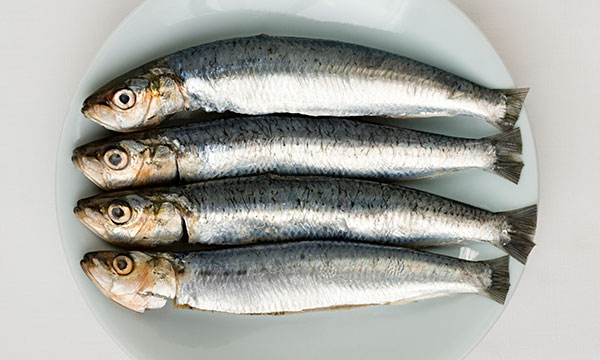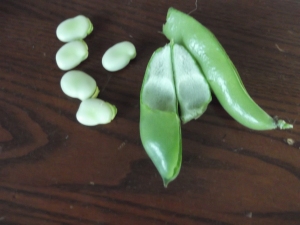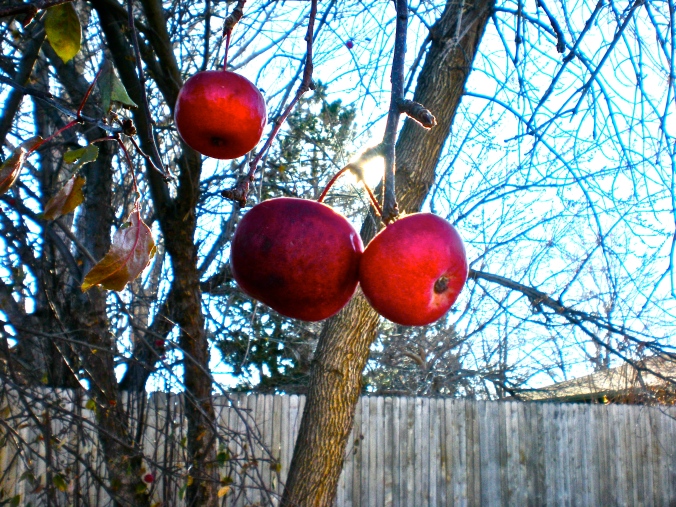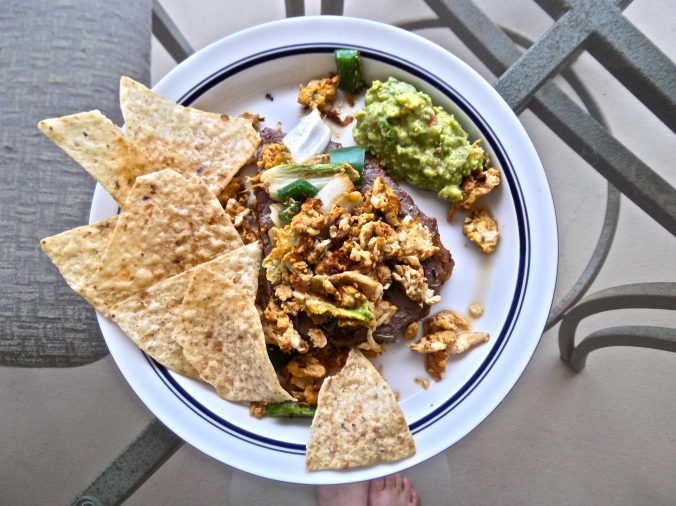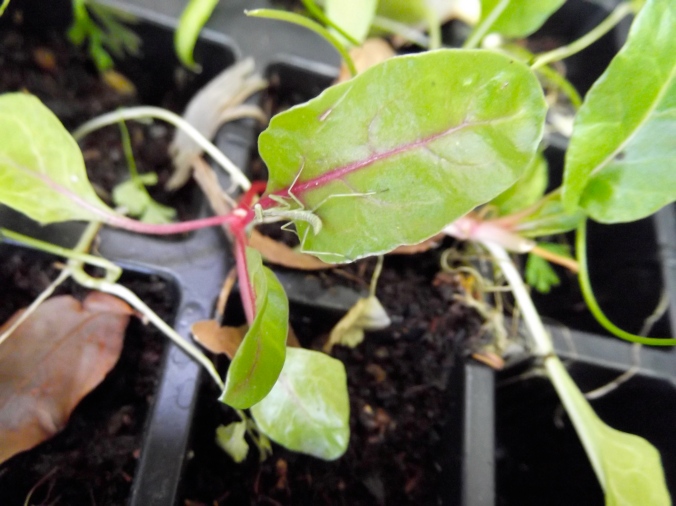One evening in Romania, I ate so much I thought I would pop.
I was in Bucharest with a group of students and a professor who was hosting the trip. For the purposes of this story, I will call my professor Dr. Popa. His parents ran an orphanage ministry, and we had come to serve as volunteers. One night, our group was invited over to the home of Dr. Popa’s family friends for dinner. We arrived, the hosts greeted us warmly, and we all sat around the table. The lovely housewife had cooked up an abundance of delicious dishes: beef-stuffed cabbage, fresh tomatoes and cheese, sausages, and other things. We ate our fill and were content. Then, Dr. Popa did us the favor of informing us that those were the appetizers. Yes, those were the appetizers, and we should duly prepare ourselves for the main course and dessert! In the main course came, some sort of hearty beef roast and potatoes if I remember correctly. We did our duty by that roast. May I now mention, our student group was 85% female, none of us big eaters, and one of the guys was vegetarian! Then, in came a giant chocolate cake. We looked at it with trepidation, but our fearless professor reminded us that we must partake in the cake, as it was polite to accept the host’s hospitality to us. We passed around that cake, and we took slices of it.
That’s when I noticed that Dr. Popa did not take any. Waaaaait a minute! I graciously pointed out this detail. Dr. Popa must eat the cake with us. How could you decline such generosity, Dr. Popa? (NO FAIR!)
We made a game of urging Dr. Popa to eat cake. He bashfully tried to avoid doing so, and so we pulled out the video camera. Eat cake, eat cake! Eventually, he ate a bite of cake.
(A note: the chef was not present for this silly banter, nor did she speak English; we of course meant no discourtesy to her!)
Dr. Popa was a fit fellow, and wanted to stay that way. He was watching his diet carefully so he could do a few more pull-ups and run miles a little faster. That’s an admirable goal! I always try to be that way, too.
But eating is a team sport, isn’t it? It’s good to share food with others, and to enjoy it together — to appreciate its flavors and sustenance, talk about it, and give compliments to the chef. When you are hosting a gathering, you attempt to provide food everyone will like. When you are the guest, you try to eat an acceptable amount of most of the offerings. Following a special diet in this circumstance — healthier in some way or otherwise limited — runs the risk of becoming an unintended conversation piece, a disappointment to the host, or just no fun if there isn’t any suitable food available. It’s easier to conform to a diet at home, where you don’t have to explain to anybody what exactly goes awry if you eat this or that.
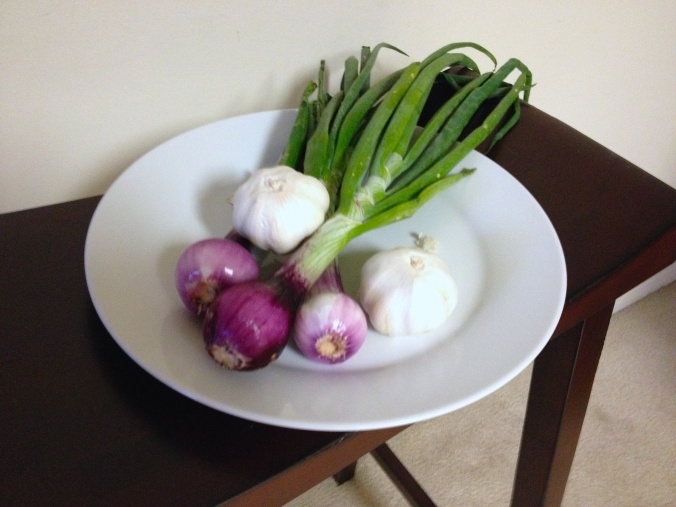
Onions and garlic. Widely-loved flavors, fun to grow, members of nearly every hot sauce, and make me hurt.
From years of being that weirdo who is not eating this or that, and is eating some other odd thing instead, here are my suggestions on how to have a good time and to allow others to do the same at a gathering.
1. First and foremost, the goal of graciously eating differently than others is to avoid seeming like you think you are better than they are. If you are vegetarian, honor the decision of those who eat meat. If you avoid certain types of food, try not to look disgusted or put off by it. This is more applicable than some would think; in my experience, a good strategy in avoiding sweets, chips, fries, and such is to mentally insult those foods. I try to meditate on how bad they are for me and how they won’t satisfy me but cause me to crave more. But how upsetting for a host to provide food most people like, and then have one person sitting there deriding it, albeit silently? Therefore, I really try to avoid using this method.
2. The second goal is to make others feel that you are sufficiently satisfied with the options within your diet, and that you do not feel deprived by the situation. If you can fill your plate with foods your diet allows and eat them with a smile, you’re pretty much good to go. However, there’s always a chance your options may be severely limited. If you’re allergic to wheat and it’s a pasta dinner, you have a problem. In these cases, you should try to plan ahead. You might want to talk to the host beforehand to let them know your restrictions. As a guest at a meal, I’ve often gone without telling anyone about my dietary restrictions beforehand because I don’t want to feel demanding on the host. It didn’t bother me to have limited options at a meal; it’s actually a great way to control your portions if you’re a food lover like me. However, it can make hosts feel guilty if they didn’t provide for all of their guests equally, and you don’t want to make them feel like they need to scramble to provide something else for you specifically. If you have a diet-related health concern, you are just going to be a little picky, and that’s how it is. The best way to deal with that is by telling people beforehand, rather than trying not to let them notice. Hopefully, the host will be glad to accommodate you.
3. If it’s a casual gathering and you are not expected to eat any specific thing, just be prepared. Bring a snack if it wouldn’t be awkward, or eat beforehand if you need to. Take care of yourself and you’ll be rewarded.
Those things being said, it’s still difficult to go against the grain. Food is a huge part of culture, and it’s often not strategic to be different in that regard. I don’t like seeming picky or strange when it comes to food, even though it’s important for my health.
I would welcome thoughts and advice on this matter! Readers, have you experienced an awkward situation because of what you needed to eat? Like the time my nut-allergic husband’s friends planned a short camping trip on which everyone was supposed to subsist on PB&J’s? Or for anybody else, what do you think of people who are picky about their food? Do you have any tips for how to be as polite (or just innocuous) as possible about it?
